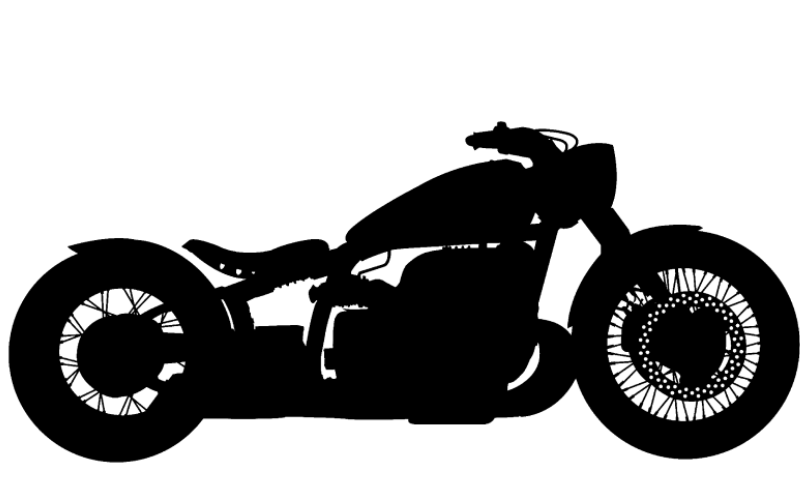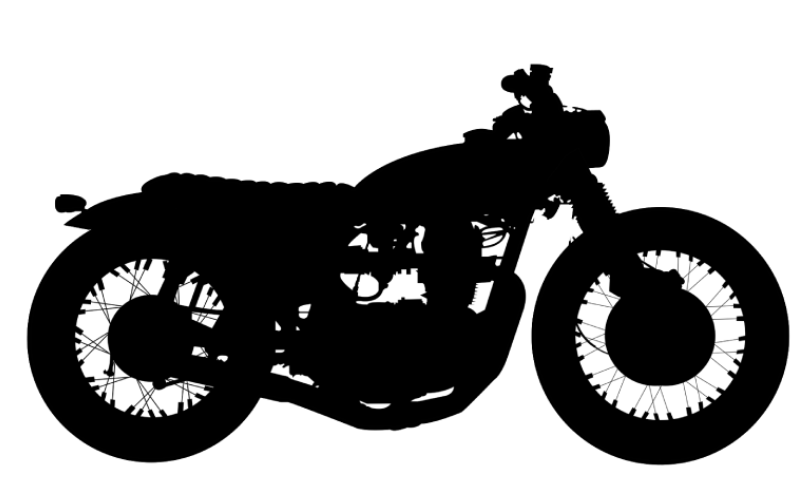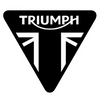SEARCH BY CATEGORIES
SEARCH BY INSPIRATIONS
- Air filters
- Brake & Clutch levers
- Electric box
- Exhaust
- Fenders
- Footpegs
- Front protections
- Front suspension
- Front suspension protections
- Fuel tanks
- Handle grips
- Handlebar
- Handlebar switch controls
- Headlights
- License plate holder
- Mirrors
- Mudguards
- Rear frame
- Suspensions
- Seats
- Silencers
- Speedometers
- Taillights
- Thermal strips
- Turn signals
- Air filters
- Belows front suspensions
- Brake & clutch levers
- Electric box
- Engine protection
- Exhaust
- Fenders
- Foot pegs
- Front suspensions
- Fuel tanks
- Handle grips
- Handlebar switch controls
- Handlebars
- Headlights
- License plate holder
- Mirrors
- Mudguards
- Rear frame
- Rear light
- Rear suspensions
- Seats
- Silencers
- Speedometers
- Thermal strips
- Turn signals
- Air filters
- Belows front suspensions
- Brake & Clutch levers
- Electric box
- Exhausts
- Fenders
- Foot pegs
- Front suspensions
- Fuel tanks
- Handle grips
- Handlebar switch controls
- Handlebars
- Headlights
- License plate holders
- Mirrors
- Mudguards
- Rear light
- Rear suspensions
- Seats
- Silencers
- Speedometers
- Thermal strips
- Turn signals
- Air filters
- Belows front suspension
- Brake & Clutch levers
- Electric box
- Exhaust
- Fenders
- Foot pegs
- Front protection
- Front suspensions
- Fuel tanks
- Handle grips
- Handlebar switch controls
- Handlebars
- Headlights
- License plate holders
- Mirrors
- Mudguards
- Rear frame
- Rear light
- Rear suspensions
- Seats
- Silencers
- Speedometers
- Thermal strips
- Turn signals
- Air filters
- Belows front suspensions
- Brake & Clutch levers
- Electric box
- Engine protection
- Exhausts
- Fenders
- Foot pegs
- Front suspensions
- Fuel tanks
- Handle grips
- Handlebar switch controls
- Handlebars
- Headlights
- License plate holders
- Mirrors
- Mudguards
- Rear frame
- Rear light
- Rear suspensions
- Seats
- Silencers
- Speedometers
- Thermal strips
- Turn signals

- Air filters
- Brake & Clutch levers
- Electric box
- Exhaust
- Fenders
- Footpegs
- Front protections
- Front suspension
- Front suspension protections
- Fuel tanks
- Handle grips
- Handlebar
- Handlebar switch controls
- Headlights
- License plate holder
- Mirrors
- Mudguards
- Rear frame
- Suspensions
- Seats
- Silencers
- Speedometers
- Taillights
- Thermal strips
- Turn signals

- Air filters
- Belows front suspensions
- Brake & clutch levers
- Electric box
- Engine protection
- Exhaust
- Fenders
- Foot pegs
- Front suspensions
- Fuel tanks
- Handle grips
- Handlebar switch controls
- Handlebars
- Headlights
- License plate holder
- Mirrors
- Mudguards
- Rear frame
- Rear light
- Rear suspensions
- Seats
- Silencers
- Speedometers
- Thermal strips
- Turn signals

- Air filters
- Belows front suspensions
- Brake & Clutch levers
- Electric box
- Exhausts
- Fenders
- Foot pegs
- Front suspensions
- Fuel tanks
- Handle grips
- Handlebar switch controls
- Handlebars
- Headlights
- License plate holders
- Mirrors
- Mudguards
- Rear light
- Rear suspensions
- Seats
- Silencers
- Speedometers
- Thermal strips
- Turn signals

- Air filters
- Belows front suspension
- Brake & Clutch levers
- Electric box
- Exhaust
- Fenders
- Foot pegs
- Front protection
- Front suspensions
- Fuel tanks
- Handle grips
- Handlebar switch controls
- Handlebars
- Headlights
- License plate holders
- Mirrors
- Mudguards
- Rear frame
- Rear light
- Rear suspensions
- Seats
- Silencers
- Speedometers
- Thermal strips
- Turn signals
- Air filters
- Belows front suspensions
- Brake & Clutch levers
- Electric box
- Engine protection
- Exhausts
- Fenders
- Foot pegs
- Front suspensions
- Fuel tanks
- Handle grips
- Handlebar switch controls
- Handlebars
- Headlights
- License plate holders
- Mirrors
- Mudguards
- Rear frame
- Rear light
- Rear suspensions
- Seats
- Silencers
- Speedometers
- Thermal strips
- Turn signals
PLUS DE MOTO
Add description, images, menus and links to your mega menu
A column with no settings can be used as a spacer
Link to your collections, sales and even external links
Add up to five columns
Add description, images, menus and links to your mega menu
A column with no settings can be used as a spacer
Link to your collections, sales and even external links
Add up to five columns
Add description, images, menus and links to your mega menu
A column with no settings can be used as a spacer
Link to your collections, sales and even external links
Add up to five columns
Add description, images, menus and links to your mega menu
A column with no settings can be used as a spacer
Link to your collections, sales and even external links
Add up to five columns
bobber front suspension
Want to give your motorcycle an unmistakable look with our springer forks, but still have doubts? Here's how to take the plunge:
What is a springer front end?
A springer fork, or parallelogram fork, is a type of suspension fork typically found on older style motorcycles.
The fork uses a pair of coil springs to absorb shock and vibration, as opposed to modern suspension forks that typically use air or oil to achieve the same result.
Springer forks are known for their distinct aesthetic and are often favored by those who prefer a more vintage or classic look for their bike.
The story of the springer front end
The "Springer" fork is a type of front suspension system used on motorcycles that utilizes a set of spring-loaded rods to absorb shocks and vibrations. The design was first patented by Earle S. Andrews in 1907 and used on the Harley-Davidson motorcycle model. The Springer fork was used on Harley-Davidson motorcycles until 1948, and was replaced by the "Hydra-Glide" telescopic fork.
The Springer fork became popular among custom bike builders in the 1980s and 1990s, as it gave bikes a distinct, vintage look. Harley-Davidson began producing a limited number of Springer models again in the late 1990s and early 2000s, but discontinued production in 2009.
Today, Springer forks can be found on some custom builds and on some replica bikes from specialty manufacturers.
Why install a springer fork?
There are several reasons why people choose to install a springer fork on their motorcycle.
Some do it for aesthetic reasons, as these forks have a vintage look that can give the bike a retro feel.
Others do it for performance reasons, as springer forks can offer a different and more comfortable riding feel than traditional forks.
Finally, some do it for customization reasons, as it can create a unique bike that stands out from the stock models. You will find mainly harley springer fork preparations and especially in springer sportster forks.
How to install a springer fork ?
Here are the general steps to follow to install a springer fork on a motorcycle:
- Remove the original fork: disassemble the parts that hold the fork in place, such as bolts and screws, then carefully remove it.
- Prepare the springer fork: Check that all parts are present and in good condition, and install springs and shocks if necessary.
- Install the fork brackets: Attach the fork brackets to the bike, making sure it is perfectly aligned with the wheel axles.
- Install the springer fork: Slide the fork into the brackets, and secure it in place using the bolts and screws provided.
- Adjust the fork: Set the spring preload and shock rebound to your preference, and make sure all parts are tight.
- Test ride: Test ride the bike to make sure the fork is working properly and that the bike is stable and safe to ride.
It's important to remember that installing a springer fork can change the riding characteristics of the motorcycle, so it's important to properly adjust the shocks and adapt to the new riding feel.
What type of motorcycle should a springer fork be mounted on?
Springer forks can be mounted on many different types of motorcycles, but it is generally the most commonly used on custom bikes and bobbers. These are styles of motorcycles that have a retro, vintage look, and a springer fork can add an extra touch to that look.
It is possible to mount a springer fork on a chopper, cruiser, bobber, but you still need to consider the specifications of the bike and the custom motorcycle fork to make sure all the parts fit perfectly. It is best to consult a professional to avoid any compatibility or safety issues.
What year did Harley stop making Springers?
Harley-Davidson stopped producing their Springer model of motorcycle in 2009.
Can you put a springer front end on a Dyna?
It is possible to install a Springer front end on a Harley-Davidson Dyna motorcycle, but it would require significant modifications and customization to the bike.
This would likely need to be done by a skilled motorcycle mechanic or custom builder, and may not be a cost-effective solution.
Additionally, there may be compatibility issues with the frame and other components of the bike.
Is the springer front end dangerous?
A Springer front end, like any motorcycle suspension system, has its own set of benefits and drawbacks. Some riders may find that the Springer fork provides a smoother ride, particularly on rough roads, as the spring-loaded rods help to absorb shocks and vibrations.
However, the Springer fork can be less stable than a telescopic fork, as the spring-loaded rods can be affected by the weight distribution of the rider and the load on the motorcycle.
Additionally, the Springer fork may not be as durable as a telescopic fork, as the spring-loaded rods are more prone to wear and damage. Furthermore, the Springer fork can be more difficult to maintain and repair, as the spring-loaded rods are more complex than the telescopic fork.
For these reasons, it's important to consider the pros and cons of a Springer fork and weigh it against your individual needs and preferences as a rider.
It's also important to have a good understanding of the maintenance and repair requirements of a Springer fork, before making a decision to have one installed on your motorcycle.
What is the best between telescopic fork and springer fork?
The best type of fork for a motorcycle depends on the individual rider's preferences and needs. Both telescopic forks and Springer forks have their own unique benefits and drawbacks.
Telescopic forks are the most commonly used type of fork on modern motorcycles. It is generally considered to be more durable and require less maintenance than Springer forks. Additionally, telescopic forks offer a greater range of adjustability, which allows for a more customized ride. It also provide better stability and handling, particularly at high speeds and under heavy loads.
Springer forks, on the other hand, are more suitable for a vintage look, and some riders find that it provide a smoother ride on rough roads, as the spring-loaded rods help to absorb shocks and vibrations.
Ultimately, the choice between a telescopic fork and a Springer fork comes down to personal preference, and what you prioritize more, the stability and durability or the aesthetic appeal and comfort of the ride. It's important to take into consideration the maintenance, repair, and the cost of each fork before making a decision.
We offer springer fork models for all budgets and all types of customization:


























